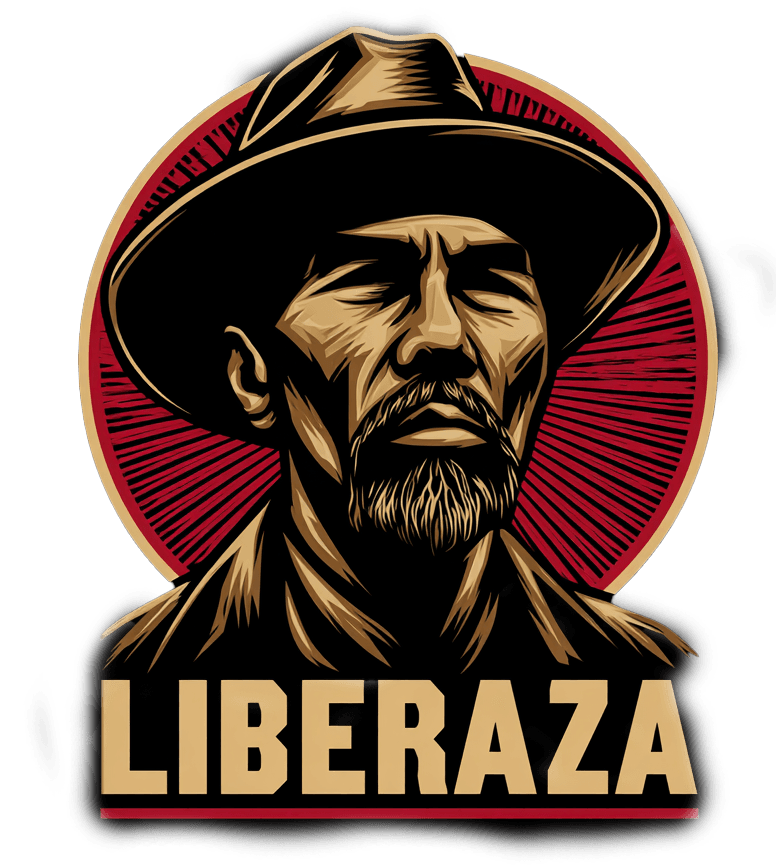A Nation in Protest: Immigration Raids Ignite Demonstrations Coast to Coast
LS
The scenes were unmistakable. In Houston, demonstrators locked arms across the courthouse steps, chanting for an end to immigration raids. In San Antonio, church bells rang as parishioners marched alongside migrants carrying signs that read “Families Belong Together.” Washington, D.C., saw thousands gather on the National Mall, while in San Francisco, protesters blocked intersections near the federal building, drawing heavy police presence.
What began as a flashpoint in Los Angeles—where federal agents carried out a wave of aggressive Immigration and Customs Enforcement raids—has now become a national movement. Over the past 72 hours, protests have spread to major cities in Texas, the nation’s capital, and across California’s Bay Area. Organizers describe it as a spontaneous eruption against what they call “militarized immigration enforcement.”
The Spark in Los Angeles
Los Angeles set the stage earlier this week when ICE confirmed more than a hundred arrests tied to coordinated raids across multiple neighborhoods. Federal officials hailed the operation as a “necessary strike” against undocumented residents with prior removal orders. But the optics of heavily armed officers, some wearing masks and lacking identifying badges, galvanized opposition almost immediately.
Within hours, demonstrators had gathered outside the Metropolitan Detention Center, chanting late into the night. By the following day, solidarity actions had sprung up in immigrant communities nationwide.
A Wave Spreads Outward
In Texas, Houston organizers estimated that 3,000 people attended rallies across the city on Wednesday, while San Antonio saw crowds swelling outside City Hall. Washington, D.C., witnessed a convergence of advocacy groups on the Mall, timed to coincide with a congressional recess. In San Francisco, sit‑ins led to more than a dozen arrests after protesters refused to disperse.
The demonstrations varied in tone. In some cities, families with children held candlelight vigils. In others, confrontations escalated, with police deploying pepper spray to clear blocked intersections. Still, what united them was a clear demand: halt the raids, end arbitrary detentions, and restore congressional oversight over federal enforcement.
The Government’s Position
Homeland Security officials have framed the operations as lawful, targeted, and overdue. “We are enforcing existing removal orders and prioritizing public safety,” one DHS spokesperson said, dismissing accusations of indiscriminate sweeps. The administration has emphasized record funding for detention infrastructure, including a new 5,000‑bed expansion in Texas, as evidence of its commitment to border security.
But critics argue that the raids reach far beyond dangerous individuals. Civil rights attorneys point to cases involving legal residents, longtime community members, and even recipients of Deferred Action for Childhood Arrivals (DACA). “This is not about public safety,” said an attorney with the National Immigration Law Center. “This is about fear and political theater.”
Voices from the Ground
For those swept into the protests, the motivation is deeply personal. In Houston, Maria R., a U.S. citizen whose husband was detained earlier this month, stood with her two daughters outside a federal courthouse. “My children ask where their father is every night,” she said, her voice breaking. “How do I explain that he is gone because of a broken system?”
In Washington, Pastor Luis Velasquez led his congregation in prayer before joining a march past the Capitol. “Our faith demands that we protect the stranger,” he told reporters. “This is about dignity and compassion, not politics.”
The Larger Political Stakes
The demonstrations come at a time of heightened polarization over immigration policy. With an election season underway, Democrats accuse the administration of inflaming unrest by escalating raids in urban centers. Republicans, by contrast, argue that any attempt to roll back enforcement undermines the rule of law.
Beyond partisan lines, however, the protests highlight a more fundamental tension: how far the government can go in pursuit of immigration control before losing public legitimacy. Analysts warn that scenes of children weeping at detention centers, or masked agents arresting longtime residents, could erode faith in institutions.
Looking Ahead
Activist groups are already planning coordinated actions to coincide with an upcoming military parade in Washington, labeling their campaign the “No Kings” protest. Organizers say it will be one of the largest immigrant rights demonstrations in years.
Whether these movements can sustain momentum remains uncertain. Yet the scope of the past week’s protests suggests that immigration raids are no longer isolated law enforcement actions. They are national flashpoints—touching families, stirring congregations, and reshaping political discourse from California to the Capitol.
For now, the chants ring out in city after city: “Not one more deportation. Not one more raid.”
